This project is led by kate Prestie
Introduced species can have important consequences for food web patterns and contaminant cycling in lake ecosystems. Crayfish are one of the most widely introduced freshwater taxa, entering new environments through bait-bucket release, release after educational uses, and through intentional introduction to support fisheries. They can also make up a large proportion of secondary production and serve as an important food source for predatory fish species.
The crayfish species Orconectes virilis is native to many regions of North America east of the continental divide, but has been introduced to and is a well-known invasive species in other regions of the world 3 . The current native distribution of O. virilis is thought to be a result of post glaciation re-colonization 2 and even though O. virilis occupies many freshwater systems within its native range, many lakes and streams still lack this important omnivore. Currently, O. virilis is expanding its range through human introductions and natural colonization into new regions and water bodies 4 outside and within its native range.
Kate Prestie’s research focuses on how crayfish may affect food chain length and contaminant movement in aquatic environments. She looked at six lakes (three with and three without crayfish) in the Fishing Lake region of east-central SK and used stable isotope analysis to trace mercury (Hg) in the food web and determine trophic relationships. Since the addition of intermediate consumers can result in longer food chains, the introduction of crayfish could lead to higher levels of biomagnifying contaminants to top predators 1 . This is of particular importance in systems that have pre-existing high levels of Hg or have undergone significant flood events that will increase bioavailable Hg (both of which pertain to the study region). This research is ongoing and the work is intended to be published.
References
1 Cabana G. and Rasmussen J. B.. 1994. Modelling food chain structure and contaminant bioaccumulation using stable nitrogen isotopes. Nature. 372:255-257.
2 Capelli G. M. and Munjal B. L.. 1982. Aggressive interactions and resource competition in relation to species displacement among crayfish of the genus Orconectes. Journal of Crustacean Biology. 2:486- 492.
3 Larson E. R. and Olden J. D.. 2011. The State of Crayfish in the Pacific Northwest. Fisheries. 36:60-73.
4 Phillips I. D., Turner M. A., and Vinebrooke R. D.. 2009. Ecosystem consequences of potential range expansions of Orconectes virilis and Orconectes rusticus crayfish in Canada-a review. Environmental Reviews 17:235-248.


